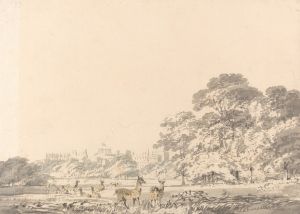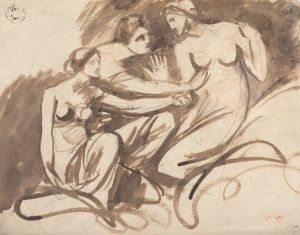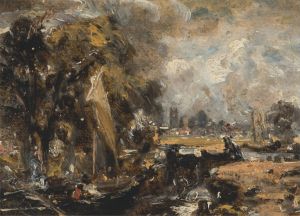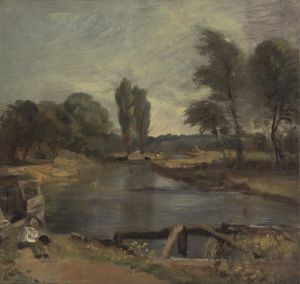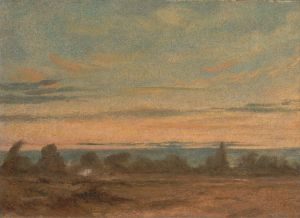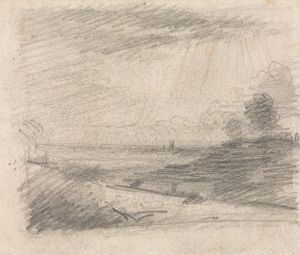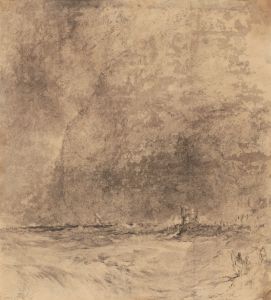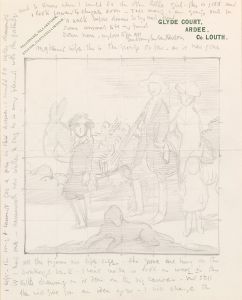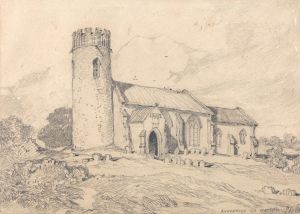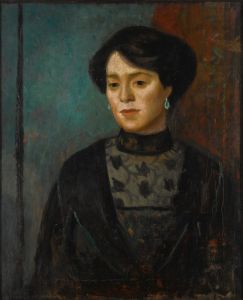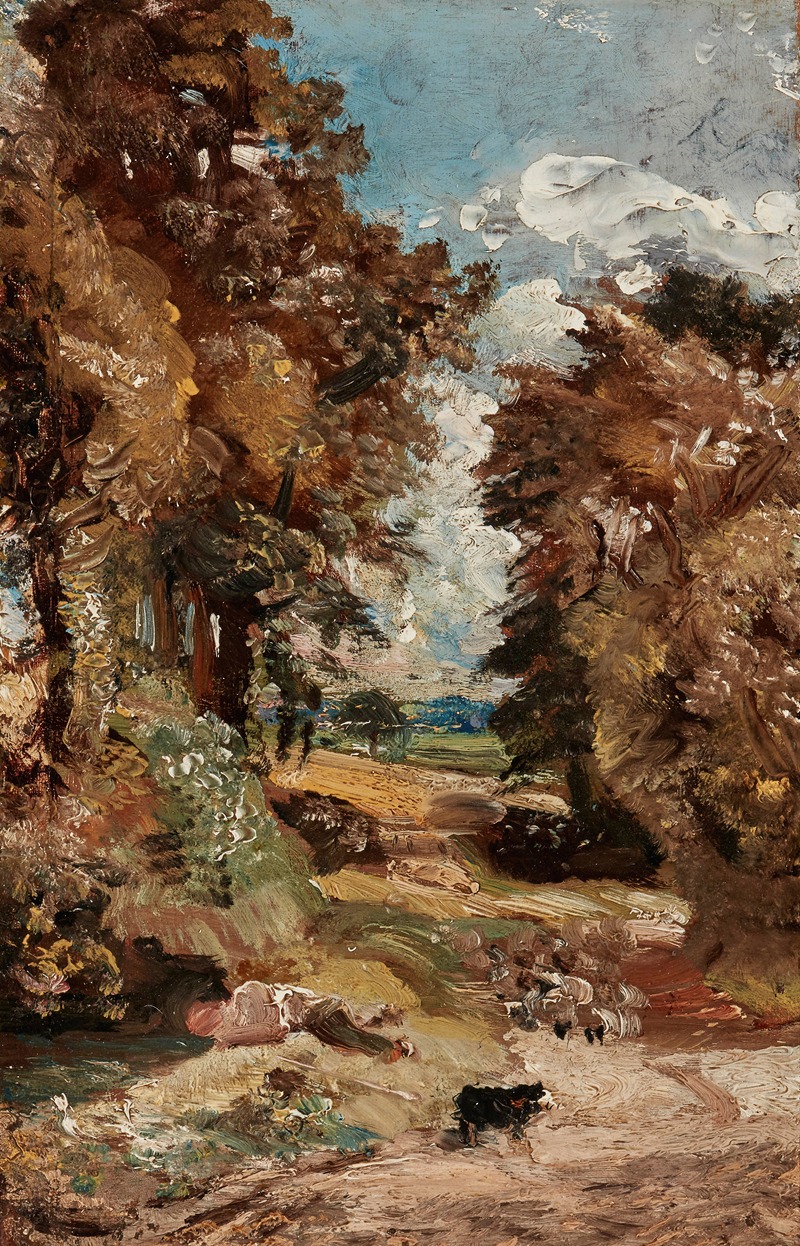
The Cornfield
A hand-painted replica of John Constable’s masterpiece The Cornfield, meticulously crafted by professional artists to capture the true essence of the original. Each piece is created with museum-quality canvas and rare mineral pigments, carefully painted by experienced artists with delicate brushstrokes and rich, layered colors to perfectly recreate the texture of the original artwork. Unlike machine-printed reproductions, this hand-painted version brings the painting to life, infused with the artist’s emotions and skill in every stroke. Whether for personal collection or home decoration, it instantly elevates the artistic atmosphere of any space.
The Cornfield is an oil painting by the English Romantic painter John Constable, completed in 1826. The artwork is one of Constable's most celebrated landscapes and is currently housed in the National Gallery in London. It is widely regarded as a quintessential example of Constable's ability to capture the beauty and atmosphere of the English countryside.
The painting depicts a rural scene in Suffolk, England, near the village of East Bergholt, where Constable was born and spent much of his early life. The composition features a winding country path bordered by hedgerows, leading the viewer's eye into the distance. A young shepherd boy is shown drinking from a stream, while his flock of sheep grazes nearby. The scene is bathed in warm sunlight, with a dramatic sky filled with billowing clouds—a hallmark of Constable's work. The attention to detail in the foliage, the play of light, and the naturalistic rendering of the landscape reflect Constable's deep connection to the countryside and his commitment to painting directly from nature.
Constable referred to The Cornfield as "The Drinking Boy," highlighting the central figure of the boy quenching his thirst. The painting is often interpreted as an idealized vision of rural life, capturing the harmony between humans and nature. However, Constable's work was also rooted in observation, and his landscapes often reflect the agricultural practices and natural features of the time.
The painting was exhibited at the Royal Academy in 1826, where it received critical acclaim. Constable's innovative approach to landscape painting, which emphasized naturalism and the transient effects of light and weather, was influential in the development of later art movements, including Impressionism. His use of loose brushwork and vibrant colors was considered unconventional during his time, but it contributed to his reputation as one of the leading landscape painters of the 19th century.
The Cornfield remains a significant example of Constable's artistic legacy and his dedication to portraying the English countryside with authenticity and emotional resonance. The painting continues to be admired for its technical mastery and its ability to evoke a sense of nostalgia and tranquility.





